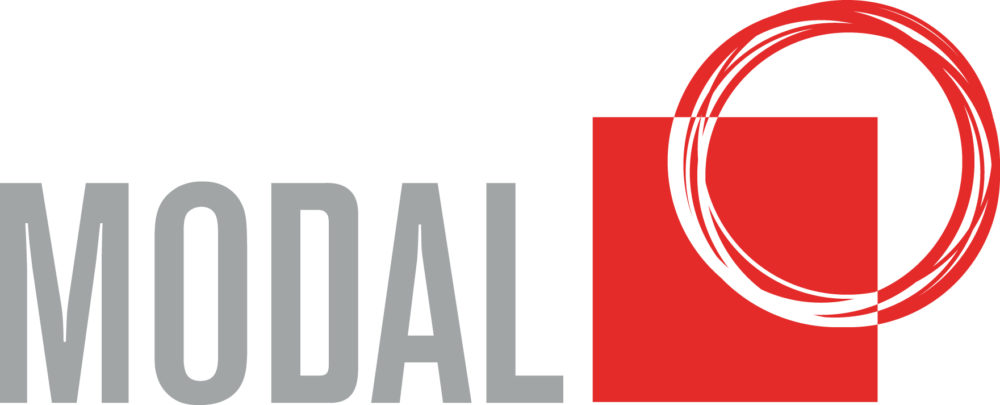Building internal coaching capability and adopting a workplace coaching culture is redefining how organisations can become more successful.
‘Internal coaching’ simply means the coaches and the people they’re coaching work in the same organisation. It’s an increasingly popular practice that can help employees develop skills, increase productivity and improve their overall job satisfaction. It can also help employers build strong teams, increase morale and reduce turnover. No wonder more and more organisations are looking to increase their internal coaching capability.
Coaching can be especially effective for employees who are facing increased challenges of workplace complexity, elevated pressures and stress, as well as more complicated relationship arrangements, such as virtual work. It can also accelerate understanding of a new role or organisation, learn the company culture, and gain the skills they need to be successful.
A fresh approach for leaders
A workplace coaching culture can change the leadership dynamics. Often the leader is seen as the ‘go to’ person to solve problems or make decisions. Within a workplace coaching approach, the leader becomes a facilitator for employees and teams to understand their current realities and the antecedents to workplace problems. They facilitate the ideation of possible scenarios and solutions, allowing an employee or team to identify what they consider the best solution.
Why your team will love workplace coaching
Research has shown that leading through a coaching approach, rather than telling, can alter our brain processing patterns and emotional state. Coaching generates a sense of significance, autonomy, certainty, relatedness and fairness, all very important emotional domains that provide an internal sensation of personal reward. It just feels good when we solve a problem ourselves rather than someone else doing it for us.
Deliver better solutions & decisions
Coaching also engages the reflective neuro-processing route as opposed to a reflexive approach that is mostly instinctive, reactive and closely aligned to our biases. The reflective approach involves higher cognitive brain-function engagement resulting in better rationalisation, analytical and conceptualisation, and the assessment of possibilities. Overall leading to better solutions and decisions.
How to select the right coaches
To get the most out of a workplace coaching program, employers should ensure that coaches are trained, experienced, and knowledgeable about the organisation and its goals. Selecting the right coaches is also critical and the recommended attributes to look for include:
- Positive Attitude
- Self-Awareness
- Trustworthiness
- Active Listening
- Excellent Communication
- Patience
- Empathy
- Adaptability
Where to start to build an internal workplace coaching culture
We recommend a four-step approach to building an internal workplace coaching culture:
- Engage with a reputable practitioner with a proven track record and program that delivers success.
- Ensure leaders and other core influences within the business receive the knowledge and skills to coach effectively.
- Adopt systems and practices that empower staff to be more engaged and participative in problem-solving and the decision-making process.
- Promote and embed as an organisational priority, an internal coaching culture.





